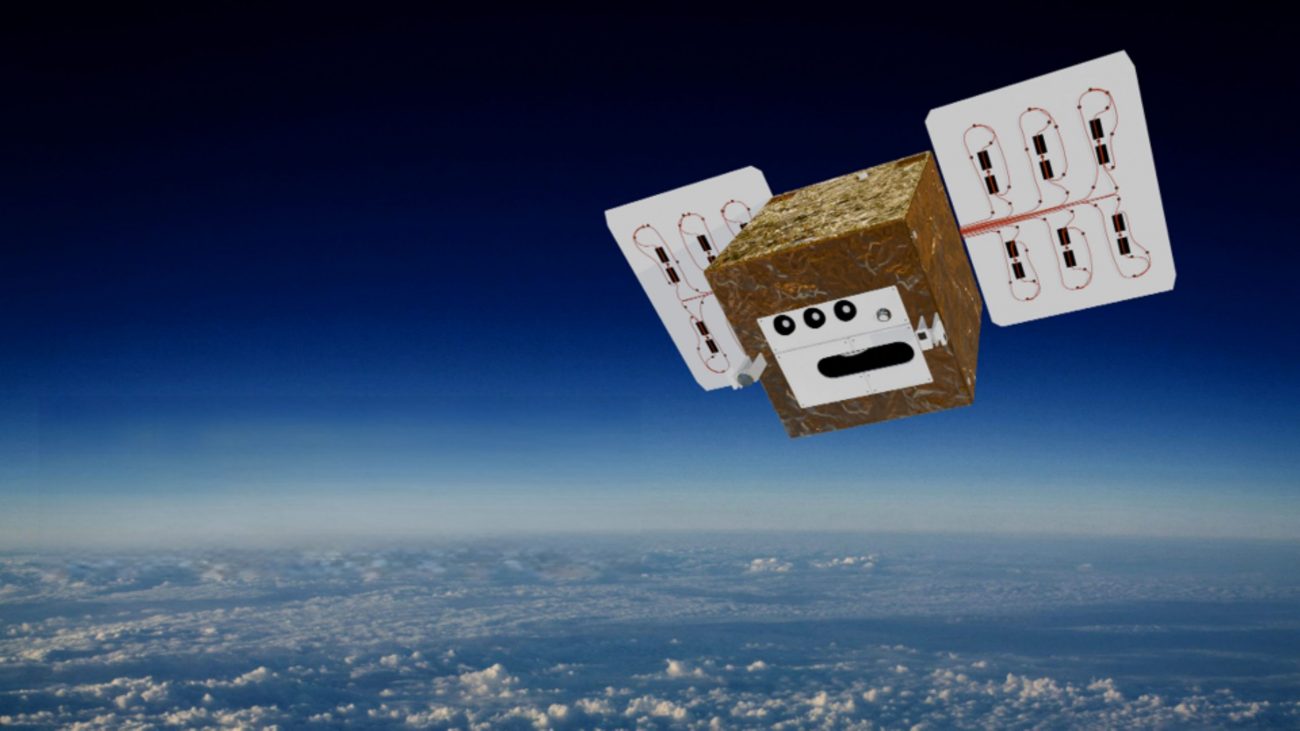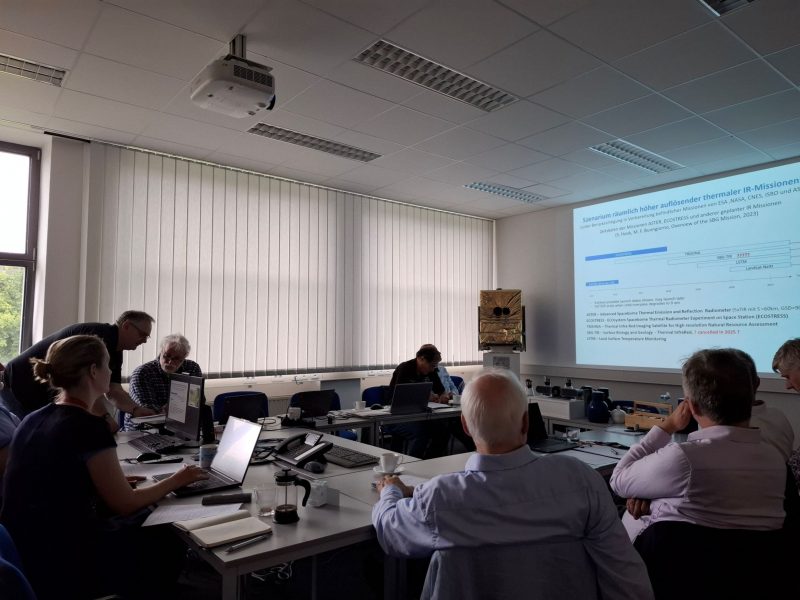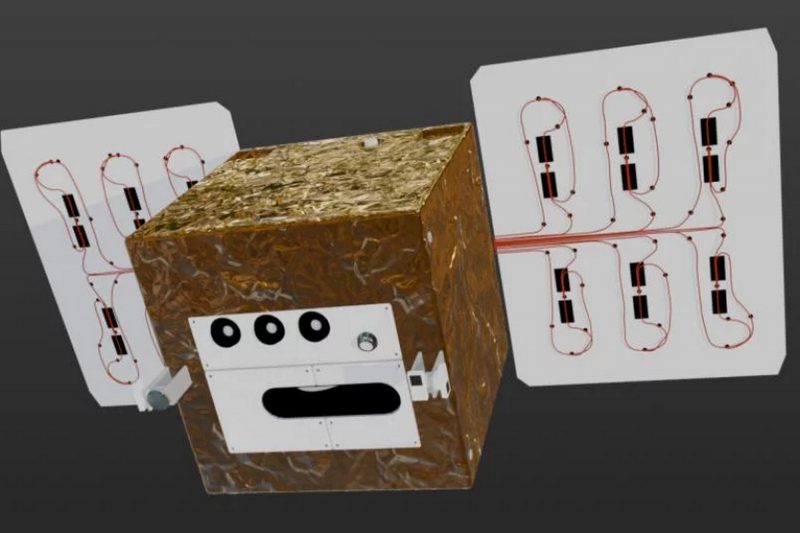
DIEGOSat-satellite
The satellite for a new generation of Earth observation
DIEGOSat is more than just another satellite in space—it is a state-of-the-art tool for observing our planet in unprecedented detail and frequency. Developed in Germany and supported by a strong network of research, industry, and international partners, DIEGOSat provides essential data for climate research, environmental monitoring, disaster control, and sustainable resource use.


